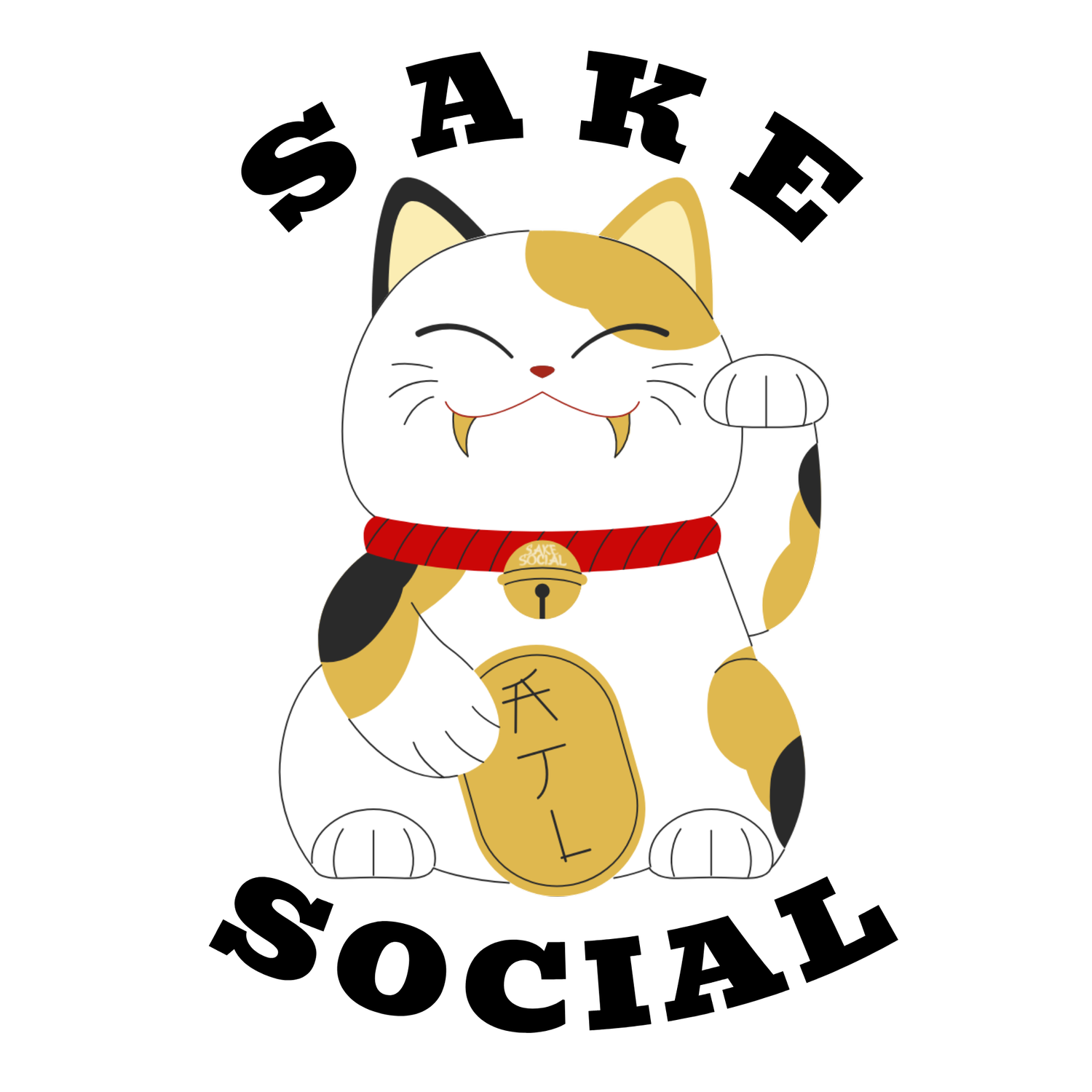Sake vs. Soju?
JUNE 1ST, 2025
Sake vs. Soju: A Quick Sip into Asian Spirits and Their Stories!
Ever wondered about the difference between sake and soju? These two popular alcoholic beverages from East Asia often get lumped together, but they're distinct and delicious in their own ways, each steeped in rich cultural history and tradition! Let's break it down.
First up, Sake! This is Japan's national beverage, often called "rice wine." And while it's made from fermented rice, yeast, and water, it's actually brewed more like beer than wine. Sake's origins are deeply intertwined with Shintoism, Japan's indigenous religion. For centuries, it was primarily made in temples and offered to the gods as a sacred offering, believed to connect the divine and human realms. Even today, you'll see large sake barrels displayed at Shinto shrines, and sake plays a vital role in ceremonies from weddings (where the bride and groom share three sips from three cups in a ritual called san-san-ku-do to seal their bond) to house blessings.
Japanese Drinking Culture with Sake: While formal etiquette exists for special occasions, modern sake drinking is often about connection. It's considered rude to pour your own sake (tejaku). Instead, you should always pour for your companions, and they, in turn, will pour for you. This act of pouring for others symbolizes bonding and mutual respect. When being poured, it's polite to hold your small ochoko (sake cup) with both hands. And remember, sake is meant to be sipped and savored, not downed like a shot, allowing you to appreciate its nuanced flavors, which can vary depending on whether it's served chilled, at room temperature, or warm.
Then we have Soju! Hailing from Korea, soju is a clear, distilled spirit, more akin to vodka. Its history dates back to the 13th century when distillation techniques were introduced during the Mongol invasions (who had learned them from the Middle East). While traditionally made from rice, its production evolved due to periods of rice scarcity, leading to other starches like sweet potatoes, wheat, or barley being used. Soju has always been a drink of the people, though refined versions were once reserved for royalty. It played a role in ceremonies, often offered to ancestors during rites (jesa) as a sign of respect and remembrance.
Korean Drinking Culture with Soju: Soju is deeply ingrained in Korean social life, symbolizing unity and togetherness. There's a strong emphasis on respect for elders and seniority in soju etiquette. The youngest person often serves the elders first, and when receiving a drink from an elder or superior, you should hold your small shot glass with both hands and often turn your head slightly away to drink as a sign of deference. It's also customary to never pour your own soju – someone else will always pour for you, and you'll reciprocate. Soju is frequently enjoyed in "rounds" with food, especially popular with Korean BBQ, and while "bottoms-up" shots are common in casual settings, slower sipping is appreciated in more formal ones.
Both sake and soju offer a fascinating glimpse into the historical tapestry and social customs of their respective cultures. So, next time you're out, why not try both and experience their unique traditions firsthand? Cheers!

